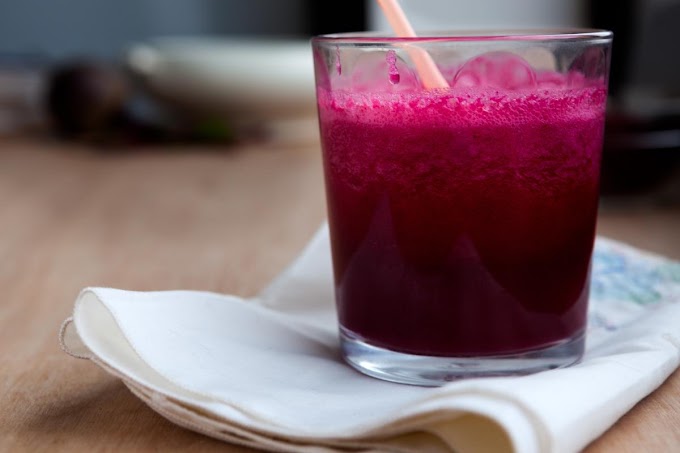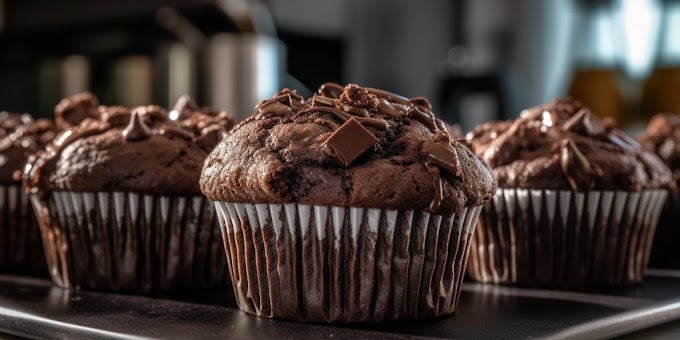Why Skip the Eggs?
There are many reasons you may want to omit eggs from your fried chicken recipe:
Allergies: Egg allergies are common, and for people who are allergic, skipping eggs is necessary.
Vegan Diet: Those avoiding animal products may look for egg substitutes when cooking.
Preference: Some may just prefer a lighter batter or want to experiment with a different texture in their fried chicken.
Regardless of the reason, you can still create an incredibly crispy and flavorful fried chicken without using eggs. The secret lies in the buttermilk and some clever substitutes.
Key Ingredients for Buttermilk Fried Chicken Without Eggs
Before diving into the recipe, let's talk about the ingredients that will make your buttermilk fried chicken stand out:
Buttermilk: This acidic liquid is the star of the show. It helps tenderize the chicken and provides a slight tang that balances the flavor profile. In the absence of eggs, it also works as an excellent binding agent for the flour mixture.
Chicken Pieces: You can use any cut of chicken for this recipe. Drumsticks, thighs, breasts, or wings all work well. Keep the skin on for extra crispiness.
Flour: Regular all-purpose flour is ideal for dredging the chicken, giving it that characteristic crunch when fried.
Cornstarch: Adding cornstarch to the flour mixture enhances the crispiness of the fried chicken.
Seasonings: The seasoning mix is key to flavoring both the chicken and the batter. Salt, pepper, garlic powder, onion powder, paprika, and cayenne pepper are common spices used for a flavorful kick.
Substitute for Eggs: Since we’re omitting eggs, we’ll need a substitute to help the breading stick to the chicken. Options include mustard, yogurt, or even a mixture of water and flour to create a sticky paste.
Oil: Vegetable oil or canola oil works well for frying. Be sure to use an oil with a high smoke point to ensure the chicken cooks evenly and crisps up without burning.
Step-by-Step Recipe for Buttermilk Fried Chicken Without Eggs
Ingredients:
1 whole chicken, cut into pieces (or 6-8 drumsticks or thighs)
2 cups buttermilk
1 tablespoon hot sauce (optional, for extra flavor)
2 cups all-purpose flour
1/4 cup cornstarch
1 tablespoon garlic powder
1 tablespoon onion powder
1 teaspoon paprika
1 teaspoon cayenne pepper (adjust to taste)
1 teaspoon salt
1 teaspoon black pepper
2 tablespoons Dijon mustard (egg substitute)
Vegetable oil for frying
Instructions:
1. Marinate the Chicken:
Begin by washing and patting your chicken pieces dry.
In a large bowl, combine the buttermilk and hot sauce (if using). Submerge the chicken pieces in this mixture, making sure they are fully coated.
Cover the bowl and refrigerate for at least 4 hours, preferably overnight. The buttermilk tenderizes the chicken and enhances the flavor.
2. Prepare the Breading Mixture:
In a large bowl, mix together the flour, cornstarch, garlic powder, onion powder, paprika, cayenne pepper, salt, and black pepper.
The cornstarch in this mix will help achieve that perfect crispy exterior.
3. Create the Binding:
Since we’re not using eggs, we need something else to help the flour adhere to the chicken. Dijon mustard is a great option, as it’s thick and adds a tangy flavor to the chicken.
Remove the chicken from the buttermilk and let any excess liquid drip off. Rub a thin layer of Dijon mustard on each piece. The mustard will act as the “glue” for the breading.
4. Dredge the Chicken:
Dredge each mustard-coated chicken piece in the seasoned flour mixture. Press the flour mixture onto the chicken to ensure it's fully coated.
Place the coated chicken on a wire rack or a plate and let it sit for about 10-15 minutes. This resting time allows the breading to adhere better, making the chicken extra crispy when fried.
5. Heat the Oil:
In a large, heavy-bottomed skillet or Dutch oven, heat about 2-3 inches of vegetable oil over medium-high heat. The oil should reach around 350°F (175°C). Use a thermometer to maintain the temperature throughout the frying process.
Maintaining the correct oil temperature is crucial for crispy, evenly cooked fried chicken.
6. Fry the Chicken:
Carefully place the chicken pieces in the hot oil, making sure not to overcrowd the pan. Fry in batches if necessary.
Fry each piece for 10-12 minutes, turning occasionally, until the chicken is golden brown and cooked through.The internal temperature should reach 165°F (75°C) when checked with a meat thermometer.
Transfer the fried chicken to a wire rack to drain excess oil. Avoid using paper towels, as they can make the chicken soggy.
7. Serve:
Once all the chicken is fried, it’s time to enjoy! Serve the buttermilk fried chicken with your favorite sides like coleslaw, mashed potatoes, or cornbread.
Tips for Perfect Buttermilk Fried Chicken
Use a Thermometer: Using a meat thermometer ensures that your chicken is fully cooked inside without being overdone or undercooked. It also helps maintain the oil temperature for consistent frying.
Rest the Chicken After Frying: Allowing the chicken to rest on a wire rack after frying prevents it from getting soggy. This keeps the chicken crispy and delicious.
Adjust the Spice Level: If you prefer a milder fried chicken, reduce or omit the cayenne pepper and hot sauce. For extra heat, you can increase the cayenne or add red pepper flakes.
Alternative Egg Substitutes: Besides mustard, you can use plain yogurt or a mixture of flour and water as a substitute for eggs. Each option will slightly alter the flavor and texture, so feel free to experiment based on your preference.
Conclusion
Making buttermilk fried chicken without eggs is easier than you might think. By using substitutes like mustard and relying on the magic of buttermilk, you can create a batch of crispy, flavorful fried chicken that doesn’t compromise on taste or texture. Whether you’re catering to dietary restrictions or simply want to try a new method, this recipe is a must-try. Serve it up with classic Southern sides and enjoy a feast that’s sure to please everyone at the table!








Social Plugin